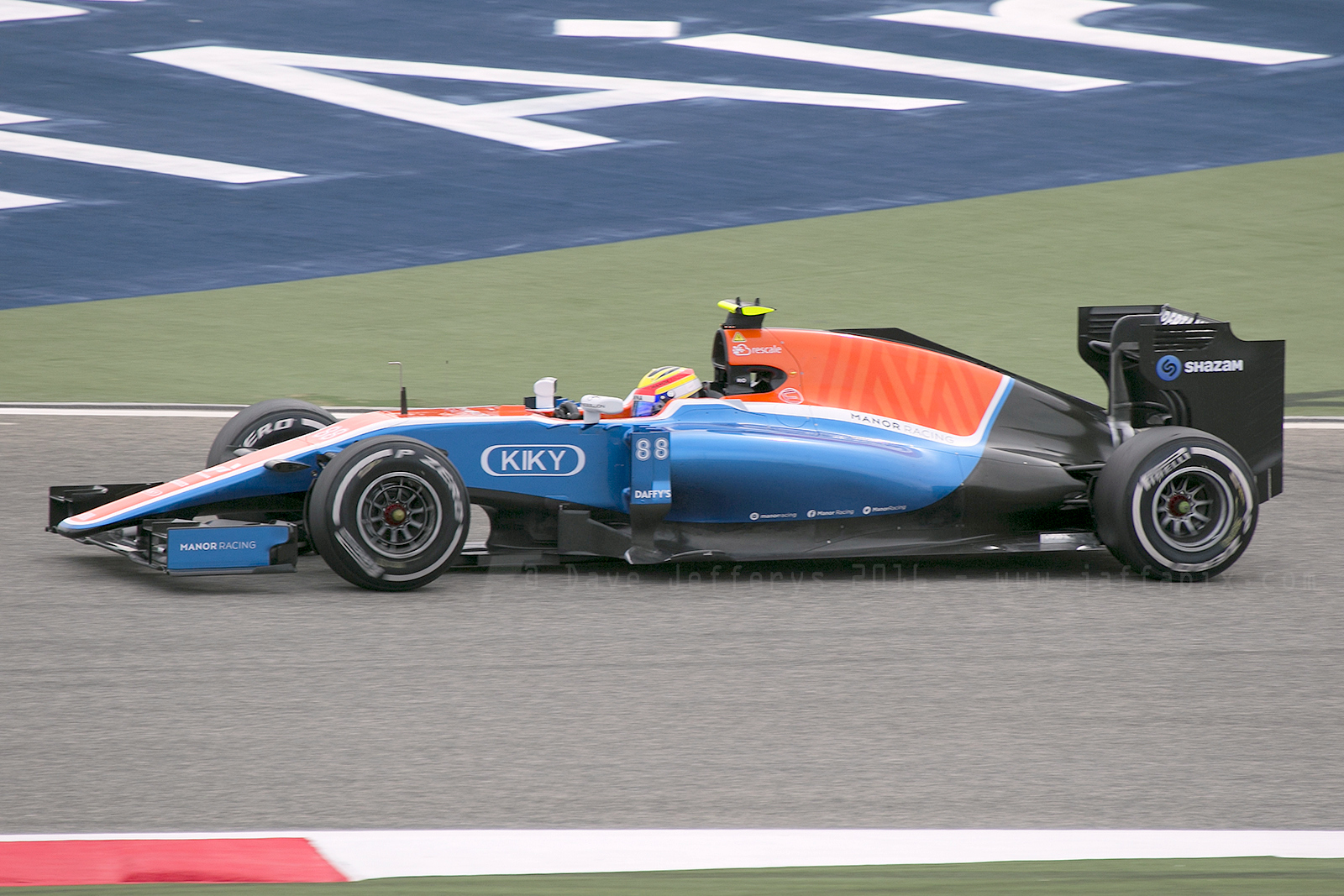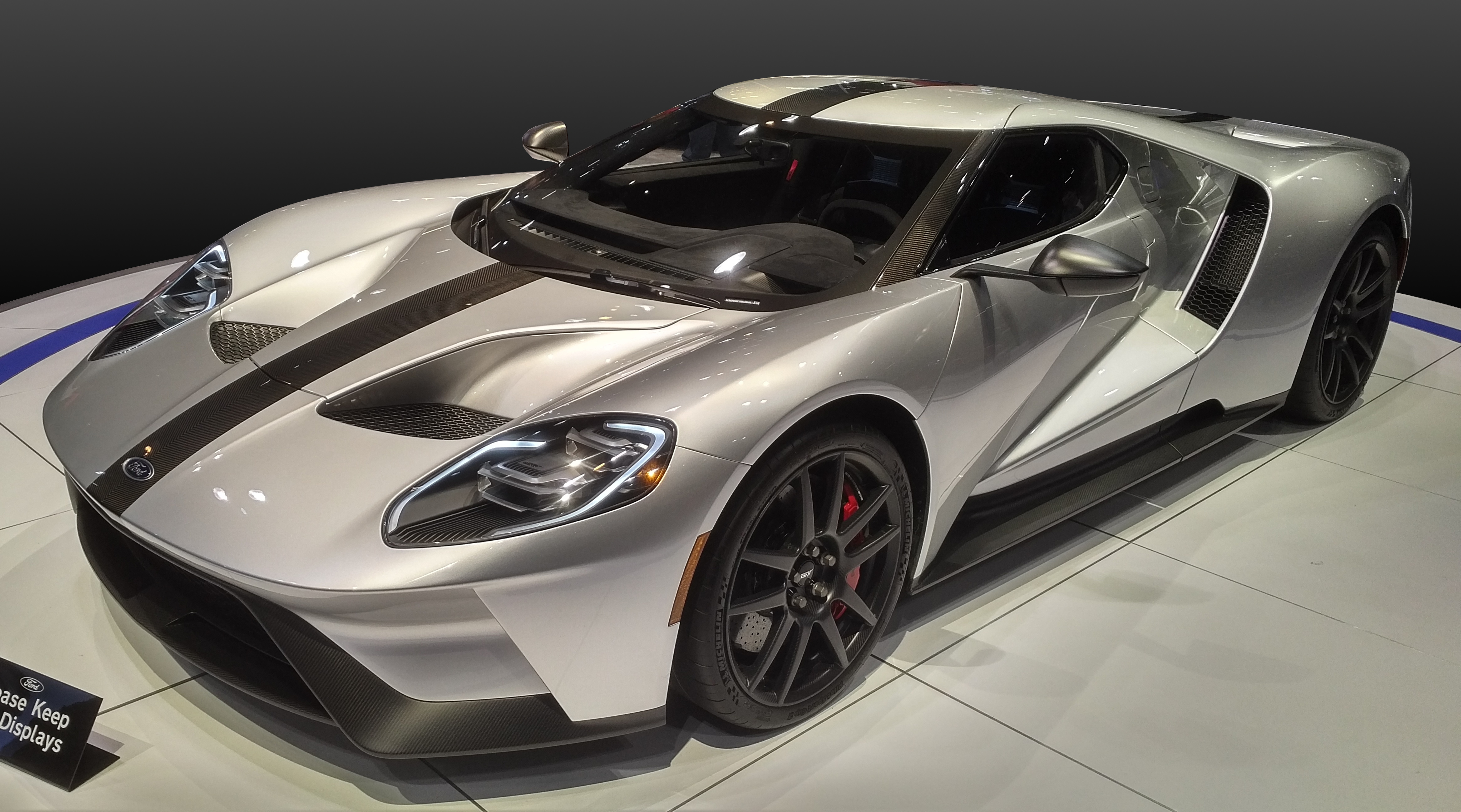|
Car Analogy
The car analogy is a common technique, used predominantly in engineering textbooks, to ease the understanding of abstract concepts in which a car, its composite parts, and common circumstances surrounding it are used as analogs for elements of the conceptual systems. The car analogy can be seen elsewhere, in textbooks covering other subjects and at various educational levels, such as explaining regulation of human temperature. Uses of car analogies The efficiency of car analogies reside on their capacity to explain difficult concepts (usually due to their high abstraction level) on more mundane terms with which the target audience is comfortable, and with which many also have a special interest. Due to that, car analogies appear more often on works related to applied sciences and technology. In order to work, car analogies translate agents of action as the car driver, the seller, or police officers; likewise, elements of a system are referred as car pieces, such as wheels, motor, ... [...More Info...] [...Related Items...] OR: [Wikipedia] [Google] [Baidu] |
Engineering
Engineering is the practice of using natural science, mathematics, and the engineering design process to Problem solving#Engineering, solve problems within technology, increase efficiency and productivity, and improve Systems engineering, systems. Modern engineering comprises many subfields which include designing and improving infrastructure, machinery, vehicles, electronics, Materials engineering, materials, and energy systems. The Academic discipline, discipline of engineering encompasses a broad range of more Academic specialization, specialized fields of engineering, each with a more specific emphasis for applications of applied mathematics, mathematics and applied science, science. See glossary of engineering. The word '':wikt:engineering, engineering'' is derived from the Latin . Definition The American Engineers' Council for Professional Development (the predecessor of the Accreditation Board for Engineering and Technology aka ABET) has defined "engineering" as: ... [...More Info...] [...Related Items...] OR: [Wikipedia] [Google] [Baidu] |
Abstraction
Abstraction is a process where general rules and concepts are derived from the use and classifying of specific examples, literal (reality, real or Abstract and concrete, concrete) signifiers, first principles, or other methods. "An abstraction" is the outcome of this process — a concept that acts as a common noun for all subordinate concepts and connects any related concepts as a ''group'', ''field'', or ''category''.Suzanne K. Langer (1953), ''Feeling and Form: A Theory of Art Developed from Philosophy in a New Key'', p. 90: "Sculpture, Sculptural form is a powerful abstraction from actual objects and the three-dimensional space which we construe ... through sensory system, touch and sight." Conceptual abstractions may be made by filtering the information content of a concept or an observable phenomenon, selecting only those aspects which are relevant for a particular purpose. For example, abstracting a leather soccer ball to the more general idea of a ball selects only the in ... [...More Info...] [...Related Items...] OR: [Wikipedia] [Google] [Baidu] |
Analogy
Analogy is a comparison or correspondence between two things (or two groups of things) because of a third element that they are considered to share. In logic, it is an inference or an argument from one particular to another particular, as opposed to deduction, induction, and abduction. It is also used where at least one of the premises, or the conclusion, is general rather than particular in nature. It has the general form ''A is to B as C is to D''. In a broader sense, analogical reasoning is a cognitive process of transferring some information or meaning of a particular subject (the analog, or source) onto another (the target); and also the linguistic expression corresponding to such a process. The term analogy can also refer to the relation between the source and the target themselves, which is often (though not always) a similarity, as in the biological notion of analogy. Analogy plays a significant role in human thought processes. It has been argued that analogy li ... [...More Info...] [...Related Items...] OR: [Wikipedia] [Google] [Baidu] |
Systems
A system is a group of interacting or interrelated elements that act according to a set of rules to form a unified whole. A system, surrounded and influenced by its environment, is described by its boundaries, structure and purpose and is expressed in its functioning. Systems are the subjects of study of systems theory and other systems sciences. Systems have several common properties and characteristics, including structure, function(s), behavior and interconnectivity. Etymology The term ''system'' comes from the Latin word ''systēma'', in turn from Greek ''systēma'': "whole concept made of several parts or members, system", literary "composition"."σύστημα" , Henry George Liddell, Robert Scott, '' |
Applied Sciences
Applied science is the application of the scientific method and scientific knowledge to attain practical goals. It includes a broad range of disciplines, such as engineering and medicine. Applied science is often contrasted with basic science, which is focused on advancing scientific theories and laws that explain and predict natural or other phenomena. There are applied natural sciences, as well as applied formal and social sciences. Applied science examples include genetic epidemiology which applies statistics and probability theory, and applied psychology, including criminology. Applied research Applied research is the use of empirical methods to collect data for practical purposes. It accesses and uses accumulated theories, knowledge, methods, and techniques for a specific state, business, or client-driven purpose. In contrast to engineering, applied research does not include analyses or optimization of business, economics, and costs. Applied research can be better under ... [...More Info...] [...Related Items...] OR: [Wikipedia] [Google] [Baidu] |
Technology
Technology is the application of Conceptual model, conceptual knowledge to achieve practical goals, especially in a reproducible way. The word ''technology'' can also mean the products resulting from such efforts, including both tangible tools such as Kitchen utensil, utensils or machines, and intangible ones such as software. Technology plays a critical role in science, engineering, and everyday life. Technological advancements have led to significant changes in society. The earliest known technology is the stone tool, used during prehistory, followed by the control of fire—which in turn contributed to the Brain size, growth of the human brain and the development of language during the Pleistocene, Ice Age, according to the cooking hypothesis. The invention of the wheel in the Bronze Age allowed greater travel and the creation of more complex machines. More recent technological inventions, including the printing press, telephone, and the Internet, have lowered barriers to ... [...More Info...] [...Related Items...] OR: [Wikipedia] [Google] [Baidu] |
Force
In physics, a force is an influence that can cause an Physical object, object to change its velocity unless counterbalanced by other forces. In mechanics, force makes ideas like 'pushing' or 'pulling' mathematically precise. Because the Magnitude (mathematics), magnitude and Direction (geometry, geography), direction of a force are both important, force is a Euclidean vector, vector quantity. The SI unit of force is the newton (unit), newton (N), and force is often represented by the symbol . Force plays an important role in classical mechanics. The concept of force is central to all three of Newton's laws of motion. Types of forces often encountered in classical mechanics include Elasticity (physics), elastic, frictional, Normal force, contact or "normal" forces, and gravity, gravitational. The rotational version of force is torque, which produces angular acceleration, changes in the rotational speed of an object. In an extended body, each part applies forces on the adjacent pa ... [...More Info...] [...Related Items...] OR: [Wikipedia] [Google] [Baidu] |
System
A system is a group of interacting or interrelated elements that act according to a set of rules to form a unified whole. A system, surrounded and influenced by its open system (systems theory), environment, is described by its boundaries, structure and purpose and is expressed in its functioning. Systems are the subjects of study of systems theory and other systems sciences. Systems have several common properties and characteristics, including structure, function(s), behavior and interconnectivity. Etymology The term ''system'' comes from the Latin word ''systēma'', in turn from Greek language, Greek ''systēma'': "whole concept made of several parts or members, system", literary "composition"."σύστημα" , Henry George Liddell, Robert Scott, ''A Greek–English Lexicon'', on Pers ... [...More Info...] [...Related Items...] OR: [Wikipedia] [Google] [Baidu] |
Resources
''Resource'' refers to all the materials available in our environment which are Technology, technologically accessible, Economics, economically feasible and Culture, culturally Sustainability, sustainable and help us to satisfy our needs and wants. Resources can broadly be classified according to their availability as Renewable resource, renewable or national and international resources. An item may become a resource with technology. The benefits of resource utilization may include increased wealth, proper functioning of a system, or enhanced well. From a human perspective, a regular resource is anything to satisfy human needs and wants.WanaGopa - Nyawakan The concept of resources has been developed across many established areas of work, in economics, biology and ecology, computer science, management, and human resources for example - linked to the concepts of competition, sustainability, Conservation movement, conservation, and stewardship. In application within human society, C ... [...More Info...] [...Related Items...] OR: [Wikipedia] [Google] [Baidu] |
Zener Diode
A Zener diode is a type of diode designed to exploit the Zener effect to affect electric current to flow against the normal direction from anode to cathode, when the voltage across its terminals exceeds a certain characteristic threshold, the ''Zener voltage''. Zener diodes are manufactured with a variety of Zener voltages, including variable devices. Some types have an abrupt, heavily doped p–n junction with a low Zener voltage, in which case the reverse conduction occurs due to electron quantum tunnelling in the short distance between p and n regions. Diodes with a higher Zener voltage have more lightly doped junctions, causing their mode of operation to involve avalanche breakdown. Both breakdown types are present in Zener diodes with the Zener effect predominating at lower voltages and avalanche breakdown at higher voltages. Zener diodes are used to generate low-power stabilized supply rails from higher voltages and to provide reference voltages for circuits, especially sta ... [...More Info...] [...Related Items...] OR: [Wikipedia] [Google] [Baidu] |
Mid-engined
In automotive engineering, a mid-engine layout describes the placement of an automobile engine in front of the rear-wheel axles, but behind the front axle. History The mid-engine, rear-wheel-drive format can be considered the original layout of automobiles. A 1901 Autocar was the first gasoline-powered automobile to use a drive shaft and placed the engine under the seat. This pioneering vehicle is now in the collection of the Smithsonian Institution. Benefits Mounting the engine in the middle instead of the front of the vehicle puts more weight over the rear tires, so they have more traction and provide more assistance to the front tires in braking the vehicle, with less chance of rear-wheel lockup and less chance of a skid or spin out. If the mid-engine vehicle is also rear-drive the added weight on the rear tires can also improve acceleration on slippery surfaces, providing much of the benefit of all-wheel-drive without the added weight and expense of all-wheel-drive comp ... [...More Info...] [...Related Items...] OR: [Wikipedia] [Google] [Baidu] |
Supercar
A supercar, also known as an exotic car, is a street-legal sports car with race track-like power, speed, and handling, plus a certain subjective ''cachet'' linked to pedigree and/or exclusivity. The term 'supercar' is frequently used for the extreme fringe of powerful, low-bodied mid-engine luxury sportscars. A low-profile car may have limited ground clearance, but a handling-favorable center of gravity and a smaller frontal area than a front engined car. These characteristics can reduce supercars' aerodynamic drag, enabling higher top speeds. Since the 2000s, the term hypercar has come into use for the highest-performance supercars. Supercars often serve as the flagship model within a vehicle manufacturer's sports car range and typically feature various performance-related technology derived from motorsports. Some examples include the Ferrari 458 Italia, Lamborghini Aventador, and McLaren 720S. Automotive journalism typically reserves the predicate 'hypercar' for l ... [...More Info...] [...Related Items...] OR: [Wikipedia] [Google] [Baidu] |






